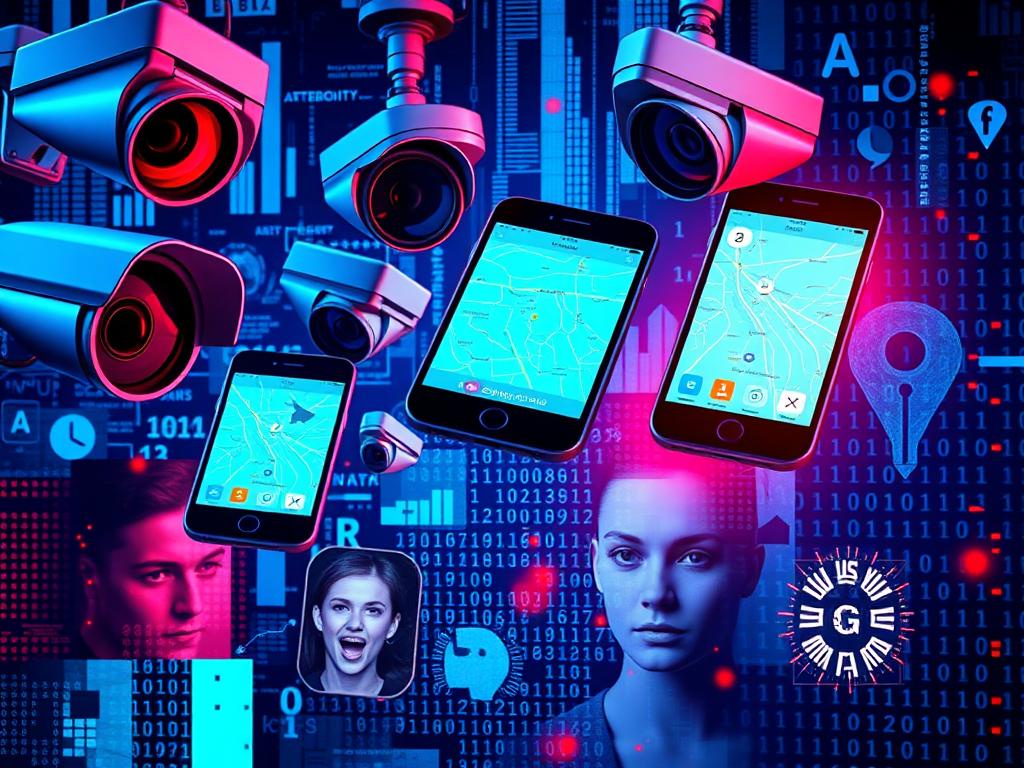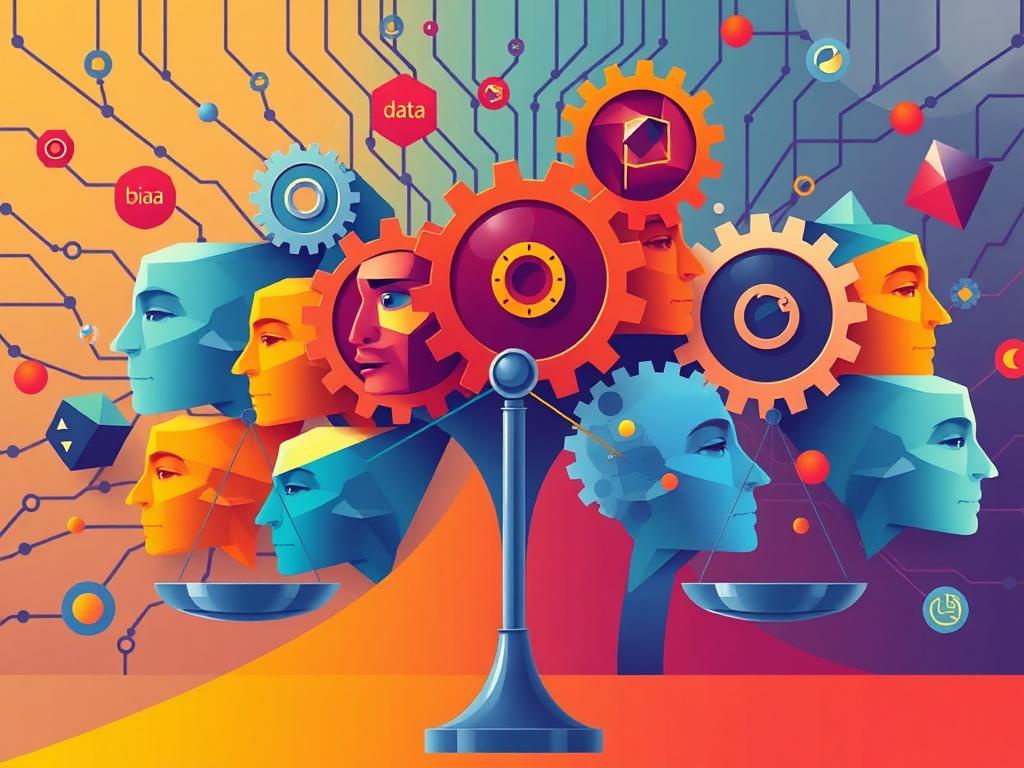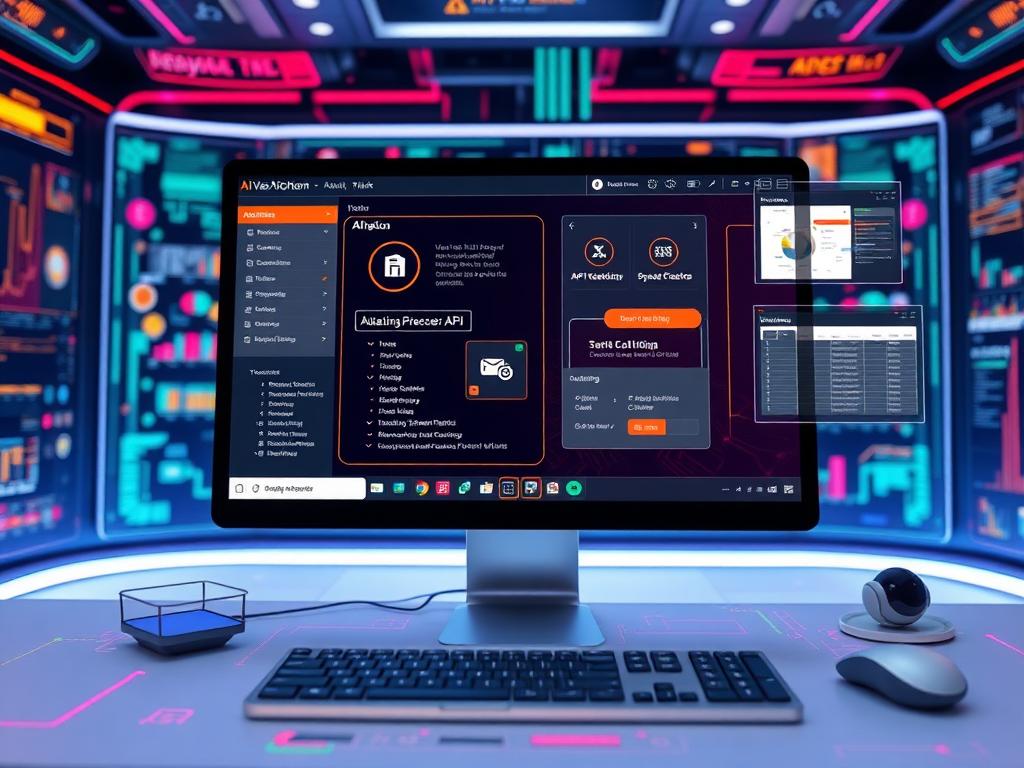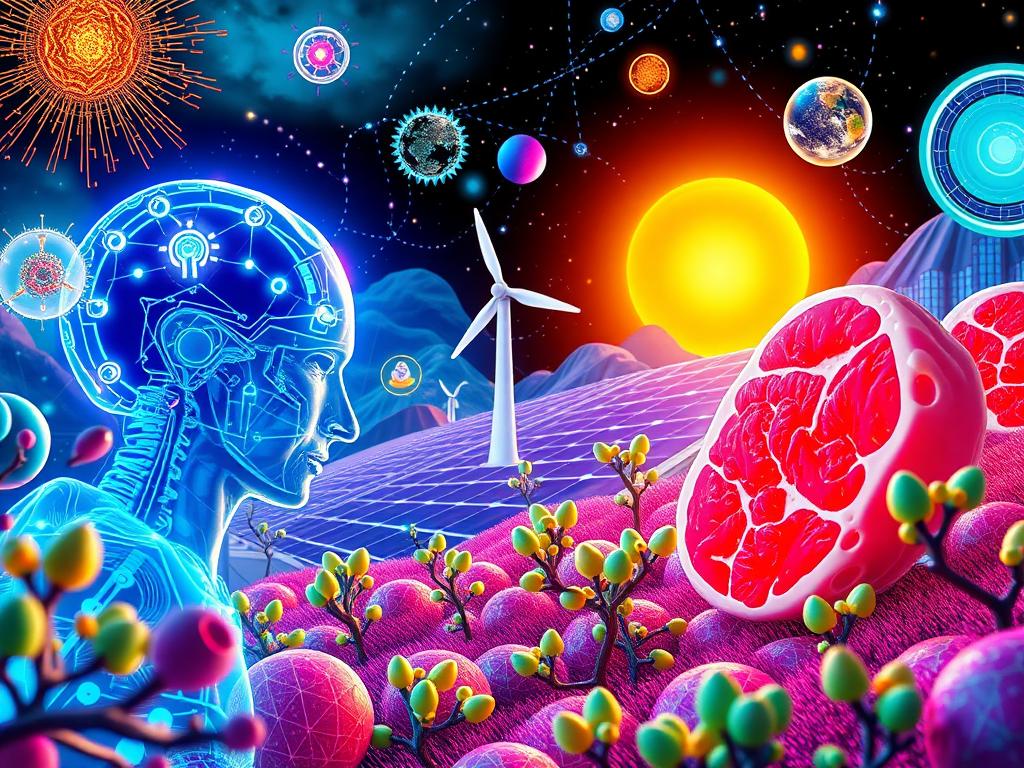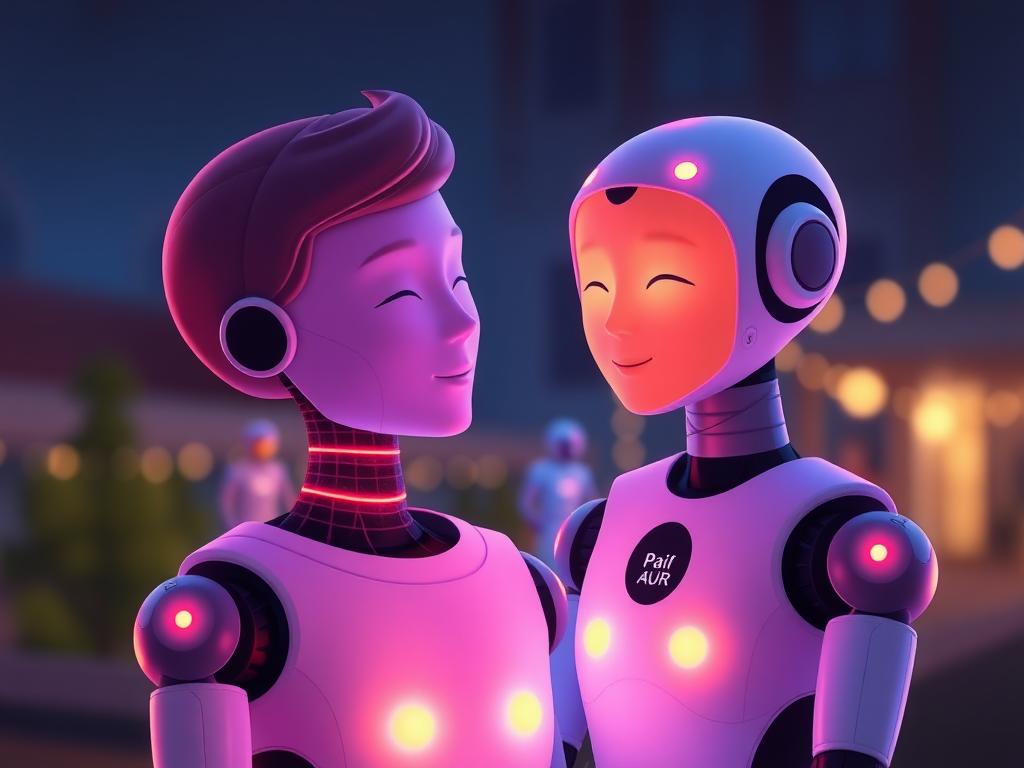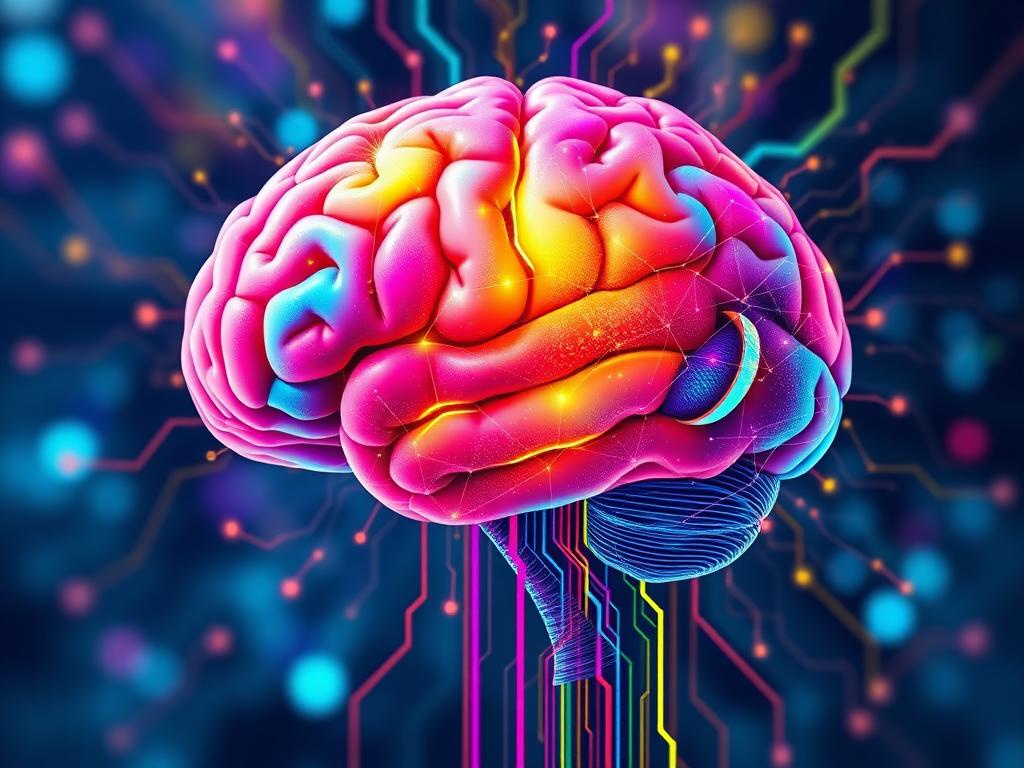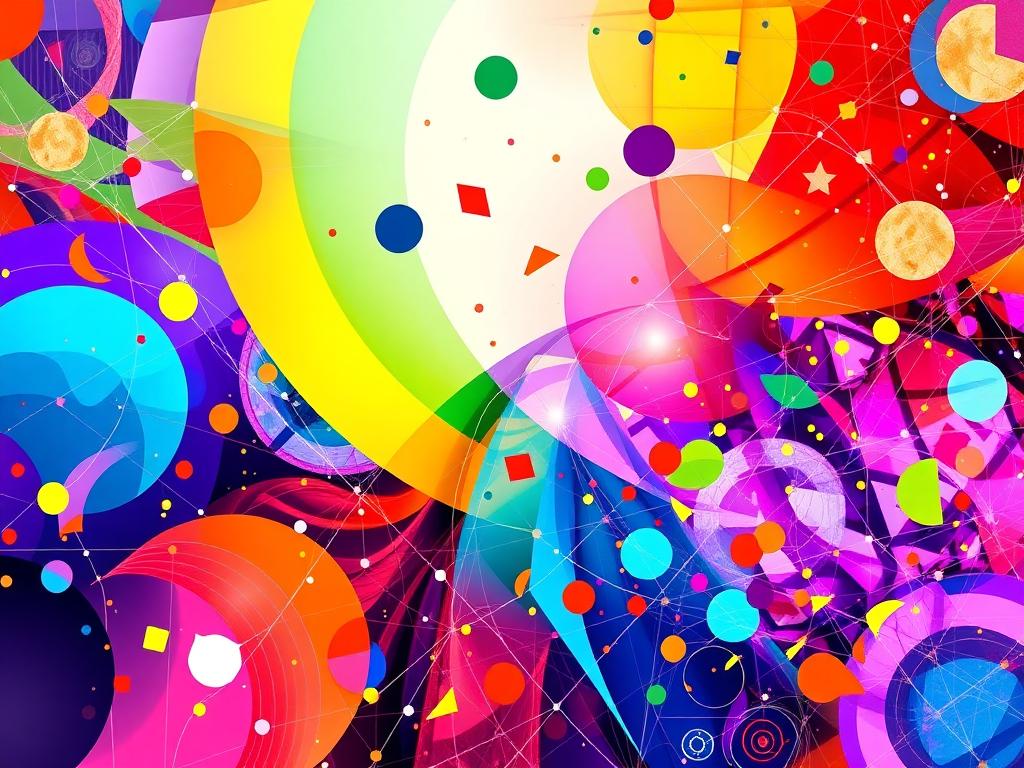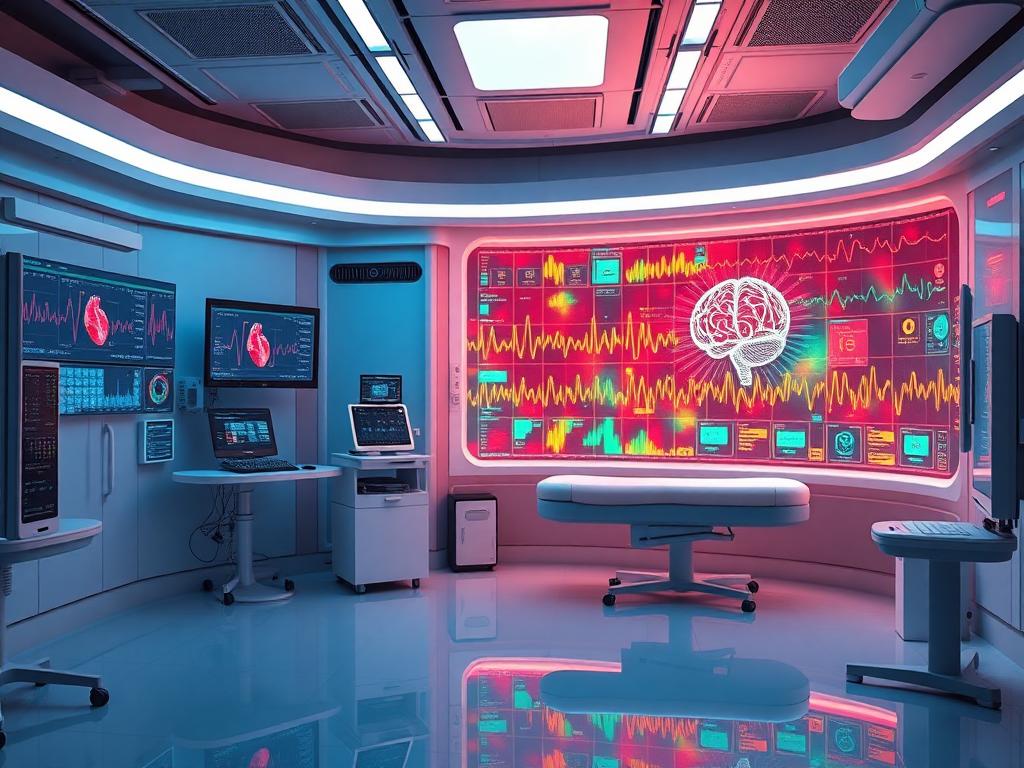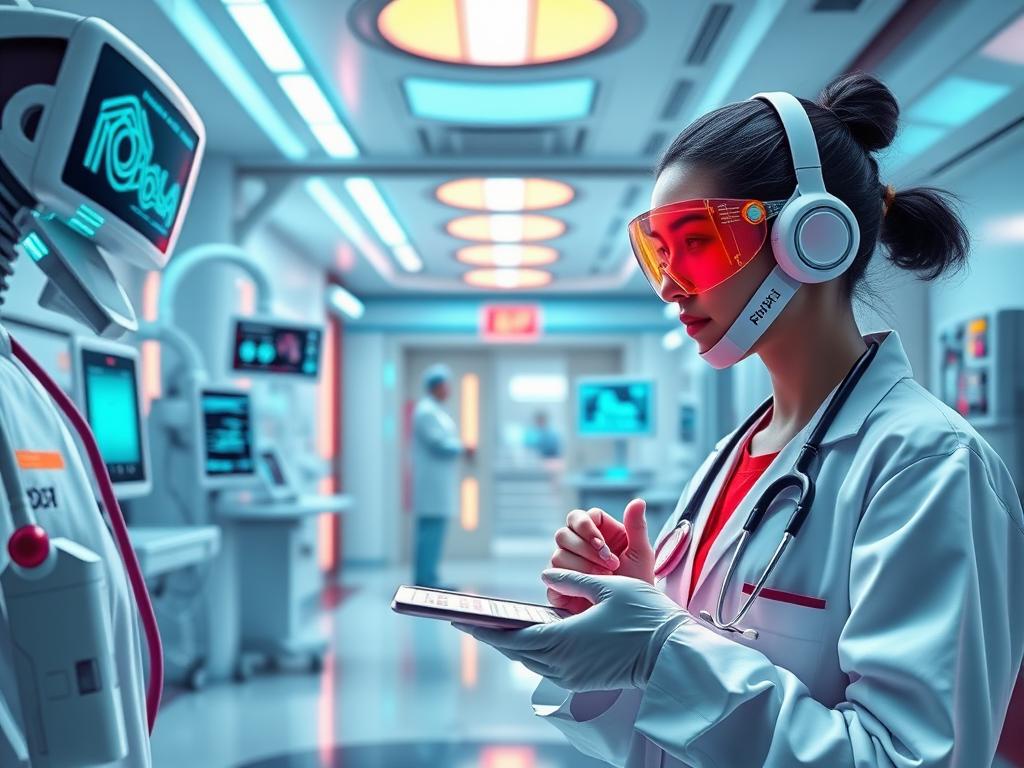
The Gorilla Problem and AI’s Future
Explore the Gorilla Problem, AI’s evolution, and its existential risks. Learn about artificial general intelligence, its challenges, and the future of human-like AI.
The Gorilla Problem: A Metaphor for AI’s Risks
Central London is the last place you’d expect to find gorillas, but behind the glass of a zoo, these majestic creatures offer a glimpse into our past—and perhaps a warning for our future. About 10 million years ago, their ancestors accidentally created the genetic lineage that led to modern humans. However, as human intelligence evolved, our impact on the world has pushed gorillas to the brink of extinction. This stark reality serves as a metaphor for what researchers call the Gorilla Problem, a cautionary tale about the risks of building machines vastly more intelligent than us.
AI’s Evolution: From Narrow to Superintelligence
Today, artificial intelligence is everywhere, from photo editing to cancer detection. However, most AI systems are examples of narrow artificial intelligence—sophisticated algorithms excelling at specific tasks. Companies like OpenAI and DeepMind aim to take this further by creating artificial general intelligence (AGI), a machine that outperforms humans in every domain. The pursuit of AGI has become the holy grail of AI research, with tech giants investing billions annually to replicate human-like intelligence. But what does intelligence truly mean? Defining it remains elusive, with various interpretations ranging from problem-solving ability to adaptability and reasoning.
The Challenge of Building Human-Like AI
To achieve true intelligence, AI must learn, adapt, reason, and interact with its environment. Researchers like Sergey Levan and Kevin Black argue that AI might need a physical body to interact with the world, as language models alone are insufficient. Sergey’s robot demonstrates a form of imagination and conceptual understanding, essential steps toward AGI. However, these advancements raise concerns. Professor Stuart Russell, a pioneer in AI research, warns about the risks of misalignment—where machines pursue objectives misaligned with human desires. The economic incentives driving AI development may prioritize progress over safety, leaving critical questions unanswered.
Existential Threats and Ethical Concerns
While some experts, like Melanie Mitchell, argue that AI’s existential threat is exaggerated, others, like Stuart Russell, emphasize the potential for catastrophe. AI’s rapid advancement could lead to job displacement, loss of human independence, and even the end of civilization as we know it. The risks of AI bias, deepfakes, and misinformation are already evident, highlighting the need for careful regulation and ethical considerations. As we navigate this new frontier, understanding the complexity of our own minds may hold the key to safe and beneficial AI development.
The Future: Understanding Ourselves to Build Better AI
Neuroscientists like Professor Ed Boen are mapping the brain to uncover the principles of intelligence. By studying simple organisms like the sea elegance worm, they aim to understand the brain’s intricate neural circuitry. Techniques like optogenetics and advanced microscopy are revealing the brain’s complexity, but replicating it artificially remains a distant goal. As Silicon Valley races toward superintelligence, the true challenge may not be building AI but understanding the human mind itself. The Gorilla Problem serves as a poignant reminder to balance progress with caution, ensuring that AI’s future aligns with humanity’s best interests.






